In Photos: Weird Bristle Worm Calls Antarctica Home
Weird worm
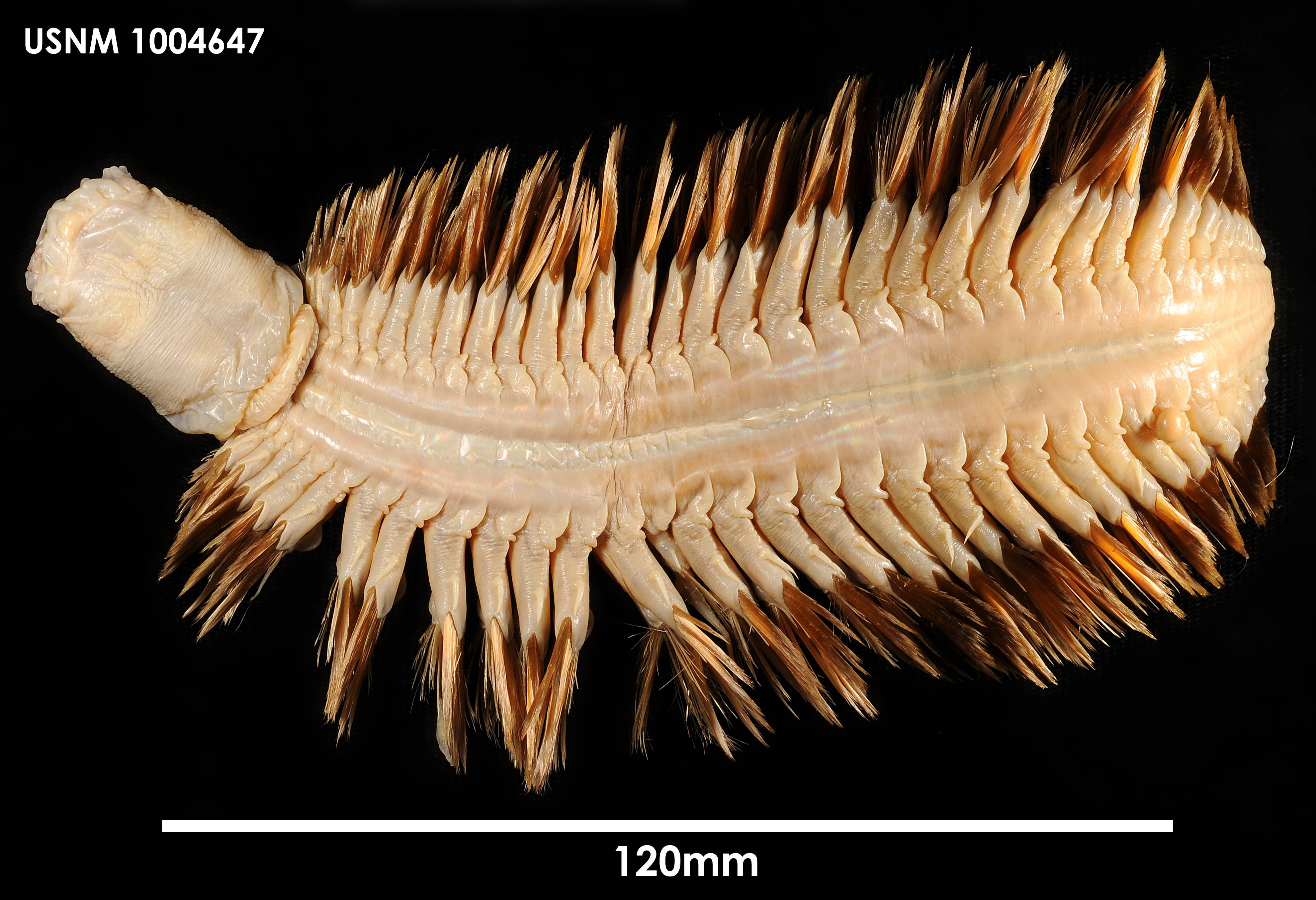
This odd-looking creature, Eulagisca gigantea, is just 8 inches long and swims in the chilly waters around Antarctica.
Bristles everywhere

The organism belongs to the polycheate class of marine worms, which are also called bristle worms. The golden bristles that ring E. gigantea's body could be used for swimming, creeping along the seafloor or for defense.
Toothy ornament
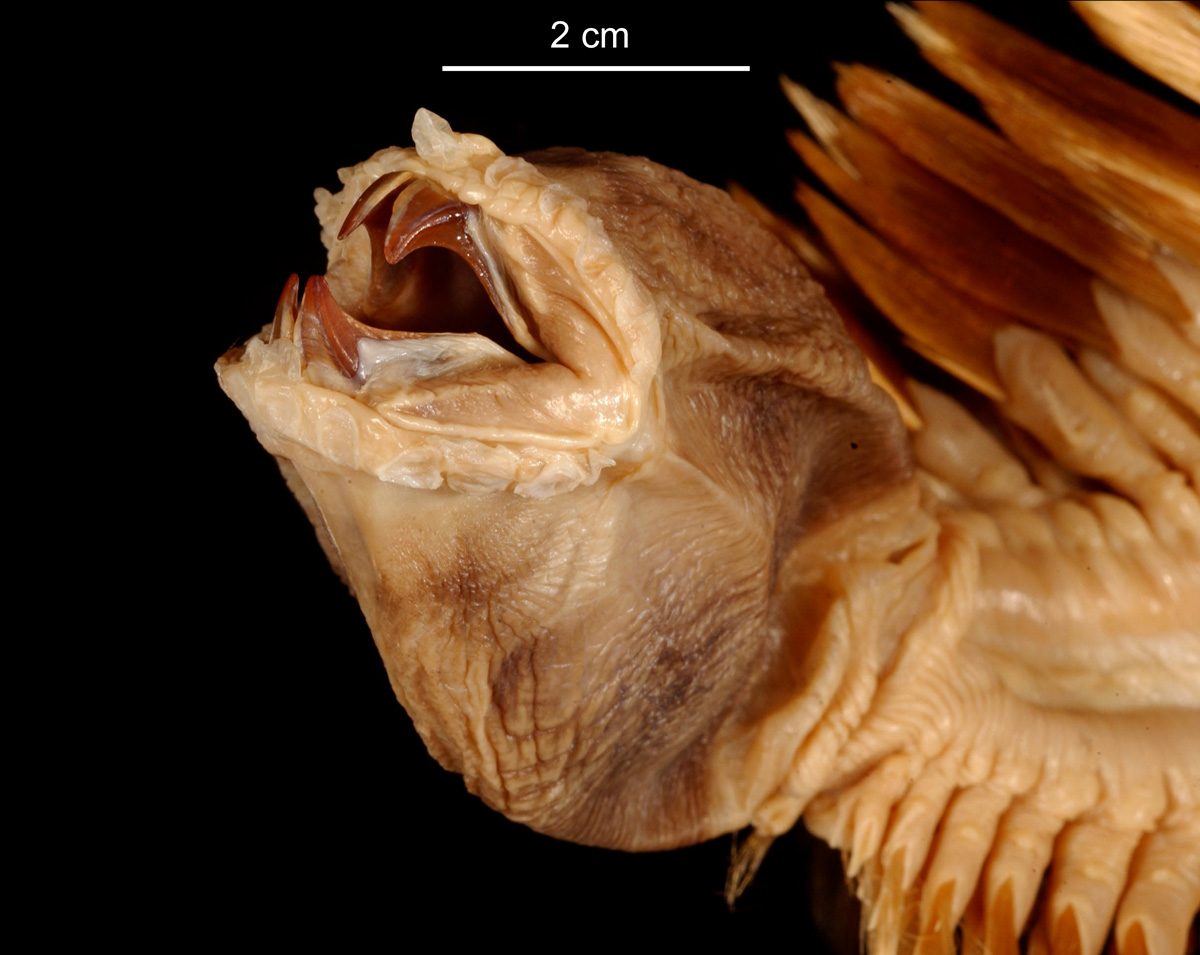
Its mouth is tipped with a sharp-toothed maw that makes E. gigantea look like Tim Burton's idea of a Christmas ornament.
Head? Mouth?
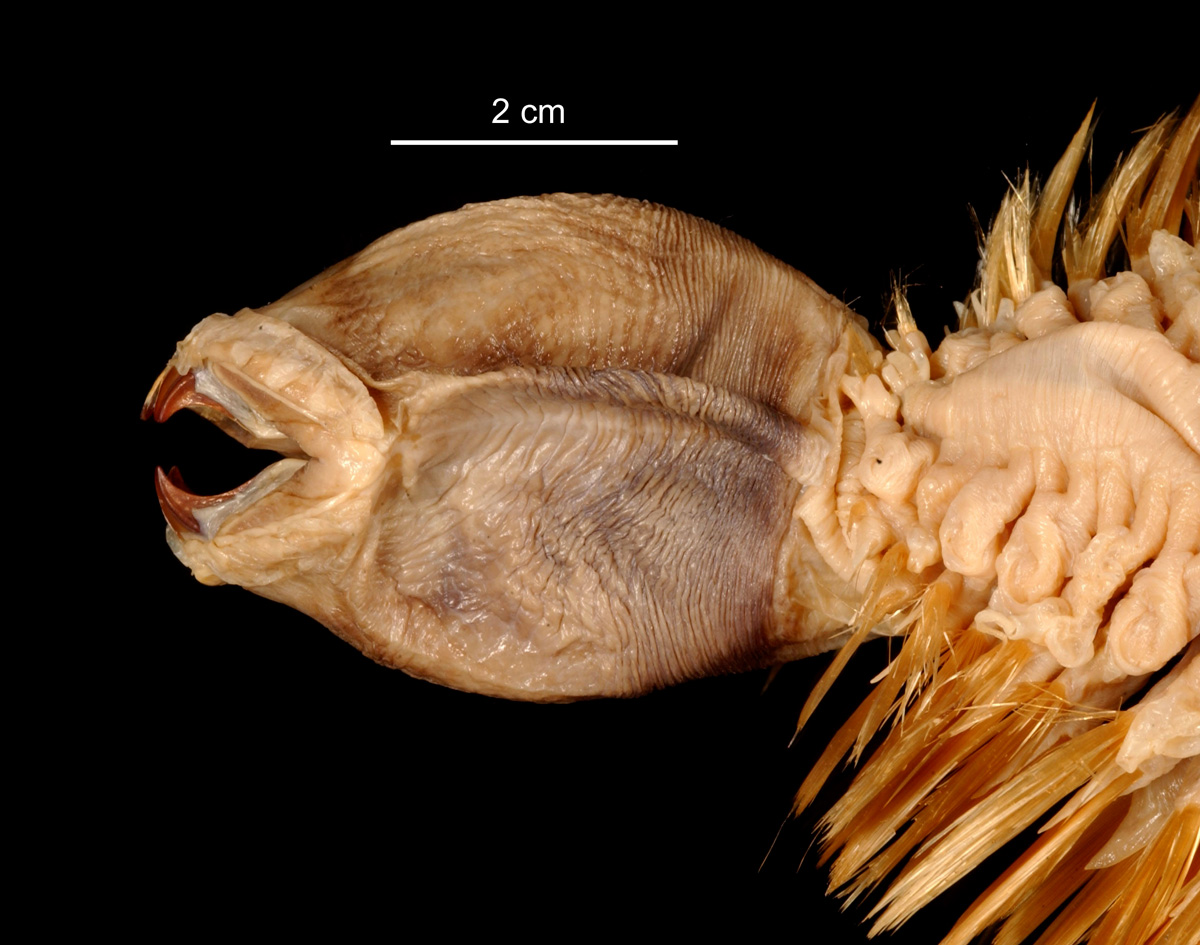
This may look like the marine worm's head, but it's actually a retractable pharynx. When the worm feeds, a toothy section of this pharynx extends to a length of 2 inches (5 centimeters), according to a photo in the Smithsonian Museum of Natural History's collection.
Bristle worm - 10
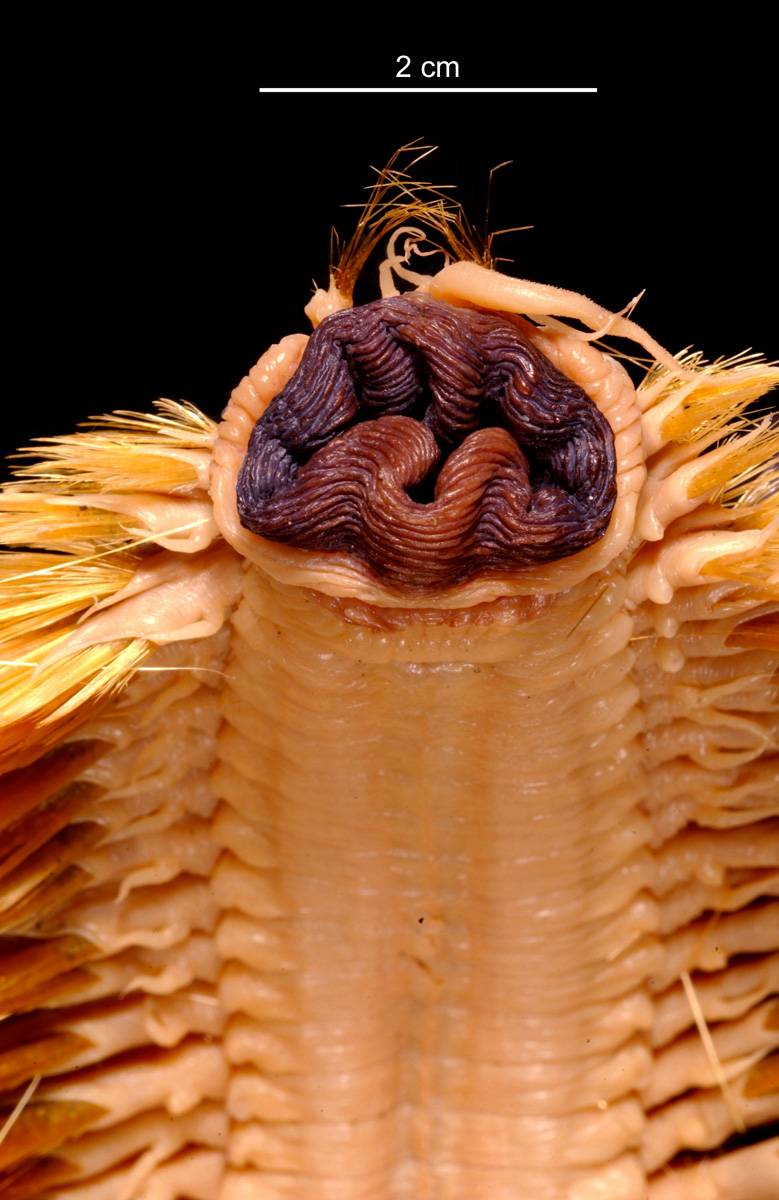
When the pharynx is retracted, the worm has this appearance.
Scary scavenger?

The worm's sharp teeth suggest that it chows on other animals or scavenges their remains.
Bristle worm - 1
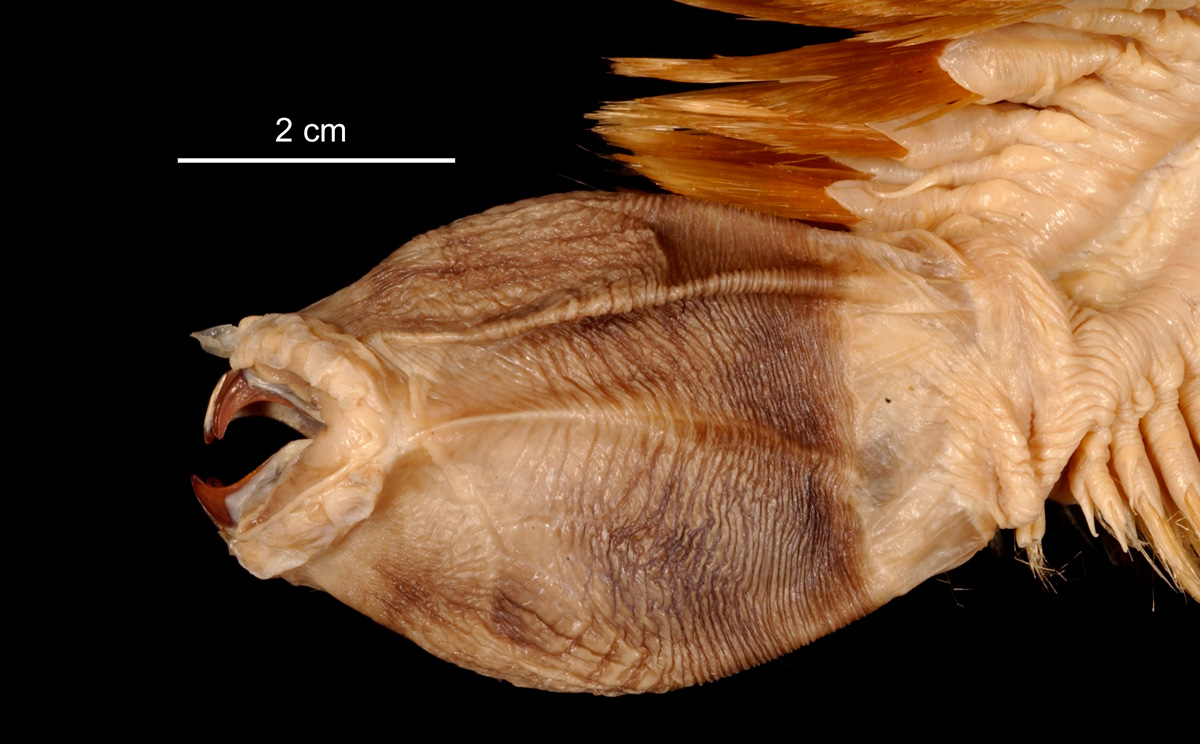
Here's another shot of the extended pharynx of the bristle worm living in Antarctica.
Get the world’s most fascinating discoveries delivered straight to your inbox.
Defensive bristles
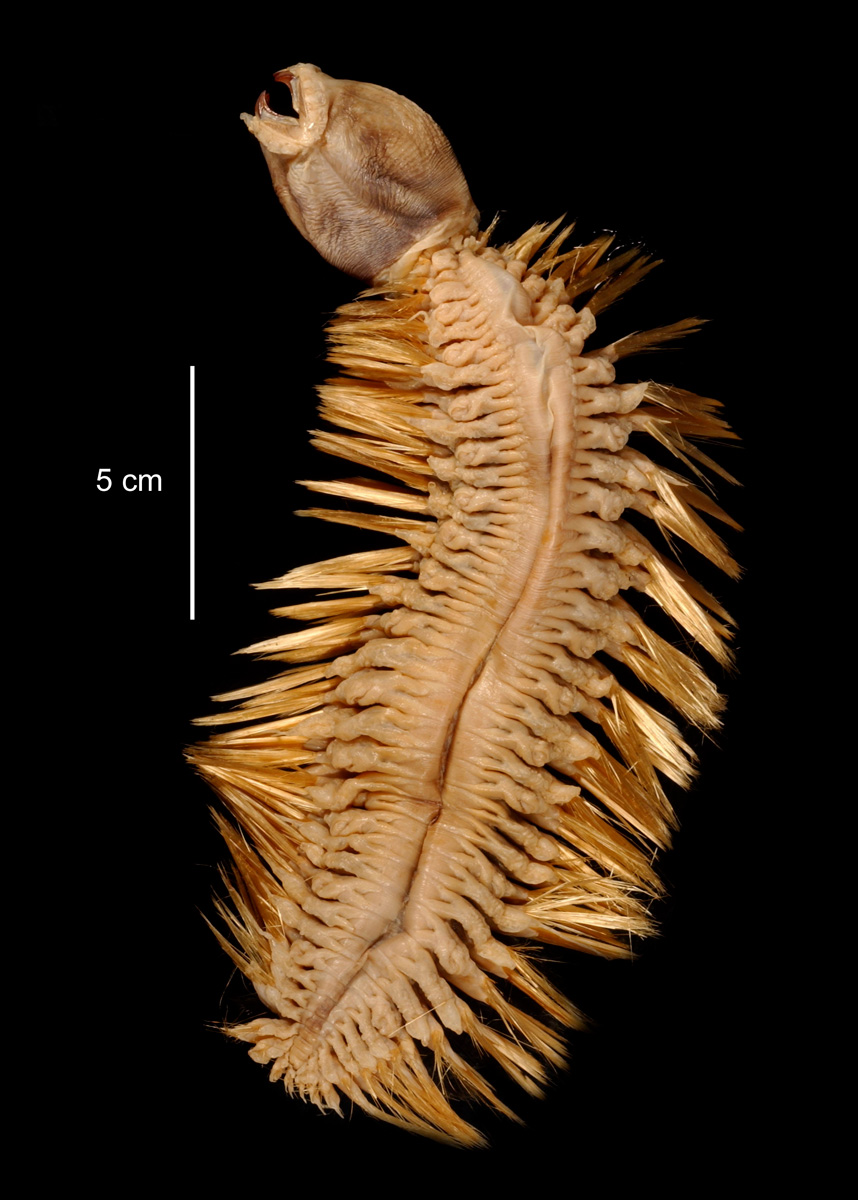
Like other marine worms in this group, E. gigantea has several leg-like parapodia encircled with hard bristles. The bristles can make the animals difficult to swallow and, in some species, can hold venom, according to the Smithsonian.
Leggy
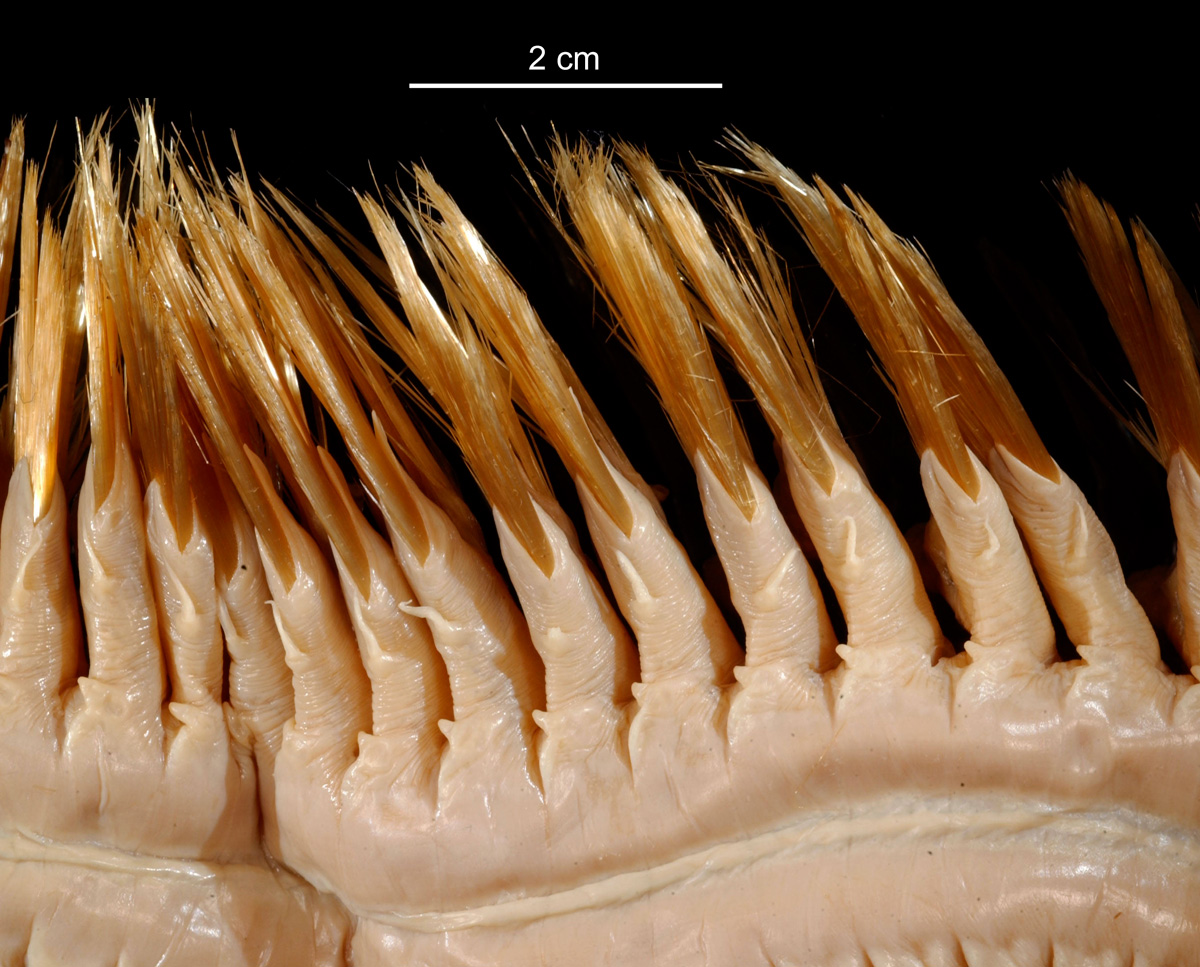
A close-up of the hard golden bristles at the ends of E. gigantea's leggy structures.
Bristle worm - 8

Scientists have described 8,000 species of polychaetes, according to the Monterey Bay Aquarium Research Institute (MBARI).
Jeanna Bryner is managing editor of Scientific American. Previously she was editor in chief of Live Science and, prior to that, an editor at Scholastic's Science World magazine. Bryner has an English degree from Salisbury University, a master's degree in biogeochemistry and environmental sciences from the University of Maryland and a graduate science journalism degree from New York University. She has worked as a biologist in Florida, where she monitored wetlands and did field surveys for endangered species, including the gorgeous Florida Scrub Jay. She also received an ocean sciences journalism fellowship from the Woods Hole Oceanographic Institution. She is a firm believer that science is for everyone and that just about everything can be viewed through the lens of science.


